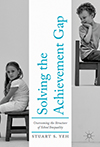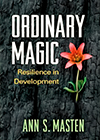You may recognize Michael Rodriguez from a University of Minnesota television ad about closing the opportunity gap.
“I’m driven to help education fit each child’s needs,” he says in the ad. His work is to partner with schools to improve outcomes by promoting data use that is more accurate, efficient, and equitable. He’s one of four CEHD faculty members featured in the ad, and there are scores more who are engaged in the effort.
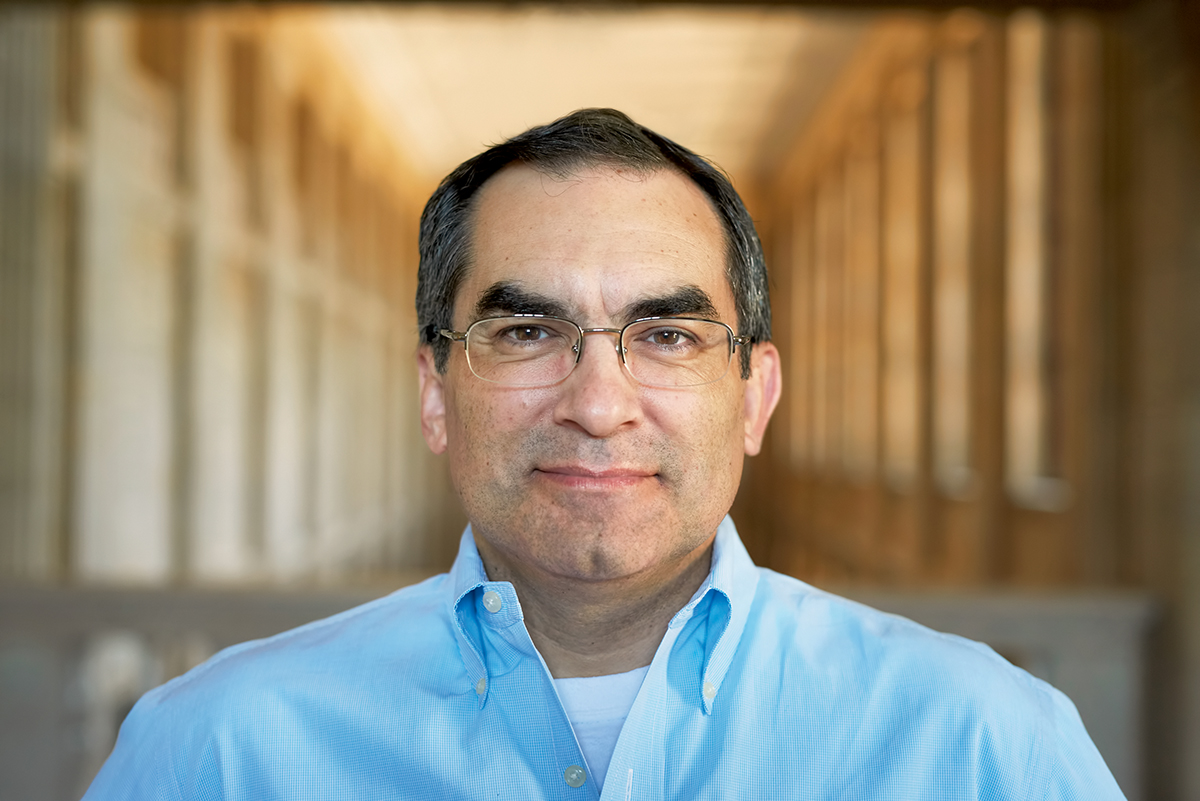
Rodriguez works with schools around the state and is in demand across the nation for his expertise on data use, assessment, and equitable measures. Last fall he was appointed chair of the U.S. Department of Defense’s Advisory Committee for Military Personnel Testing.
Five years ago, Rodriguez took two of the biggest challenges in his life. One was accepting the Campbell Leadership Chair in Education and Human Development specifically to lead the University’s efforts in tackling what is commonly called the achievement gap—the difference in academic performance among groups by race and ethnicity—a stark problem in Minnesota.
The other was adopting a son, a teen who spent the first 13 years of his life mostly homeless, followed by a series of foster placements and schools.
Since 2013, Minnesota’s gaps in academic achievement have persisted. In fact, statewide proficiency gaps between students of color and white students have widened for every racial group in both reading and math since the state set its gap-reduction goal in 2012.
Meanwhile, Rodriguez has gained new perspectives on the world as it relates to quantitative methods in education (QME), his field of expertise.
Rodriguez talked recently about what he, his many colleagues, and partners in and beyond the University are learning about gaps and our best hopes for closing them.
What have you learned about gaps in the past five years?
One of the biggest messages is that Minnesota students in every racial and ethnic group have very high levels of commitment to learning. We know this from the Minnesota Student Survey, which is taken every three years. (See related story.) The academic achievement gaps that we see in state test scores are not a function of differences in commitment to learning. And, in every racial group in the state, 99 percent of students plan to graduate from high school. Students do not plan to drop out!
Although the state reached a record 83 percent on-time graduation rate in 2017, we will not likely reach the 90 percent goal by 2020. Plus, the graduation rate for white students is 88 percent, much higher than for Latino (66 percent), black (65 percent), and American Indian (51 percent) students. If we supported all students in their own goals, we should have a graduation rate of 99 percent in all communities.
“There’s a big emphasis on getting kids ready for schools. We also need to be getting our schools ready for kids.”
When I was appointed to the Campbell Chair, I started by bringing people together from across the college and the campus and the community to get different perspectives, asking, “How do you think about the achievement gap? How do you think about where you’re at?”
We talked about opportunity gaps, resource gaps, access gaps—there are a lot of gaps! One good thing is that we definitely moved away from using the language of “achievement gap.” We moved quickly to “educational equity” and thinking about it in a broader sense. That means thinking not just in terms of schools and schooling but including other public policy arenas that play a role in educational outcomes.
So is innovation the long-term solution?
The most common question and request that I get is, “What works?” or “We just need to know what works to close the achievement gap—will you come and talk to us?”
There is no single thing that works. It’s really a question of what works for whom, under what conditions, and in what context. An engineering approach—identify what works, martial resources around it, and put it in schools—is not moving us forward.
Being able to bring people together for the last few years really helped us hone that understanding. We’ve been getting a bigger picture and having deeper conversations now.
We need to be responsive to local need and context. Now we understand that it requires tailoring. And it takes partnership. We’ve always kind of known about the partnership issue—that partnerships tend to be more successful.
Can you give an example?
One of the organizations the University has been working with is Generation Next. The relatively top-down approach they started with was not taking advantage of the real partnership possibilities. Now Generation Next is turning that upside down and taking a more organic approach, giving space to schools to identify their challenges, then using Gen Next more as a think tank and resource gatherer.
GopherMath is an example. Generation Next pulled a number of U faculty to come up with a more comprehensive approach to meeting the math challenges…working with teachers and families and recognizing the community partnerships already in place, bringing what we know and tailoring it to what’s needed in the schools.
What’s the history of the achievement gap? I heard an education leader say recently that the gap was rapidly closing until the 1980s and then began to widen again.
Until after World War II, not everybody was expected to graduate from high school. But expectations have changed. The high school graduation rate increased through the Civil Rights Movement and after Vietnam. I was the first in my family to go to college after five generations in this country on one side and three on the other. Now, everybody’s expected to finish high school. And college! That, on top of changing demographics. And meanwhile, we have the same high schools.
What difference has the Campbell Chair made?
The power to convene is really important. When others hear that members of the community like the Campbells are supporting our efforts to impact the welfare of the state and addressing some of the most persistent challenges we face—particularly ones in education that directly affect the social and economic health of Minnesota—it’s inspiring and motivating. We continue to respond to inquiries from so many others who are trying to make a difference, too.
“Together, we are making much more progress than we were independently.”
The Campbell Chair has also allowed me to support research carried out by graduate students who are really sharp and creative. This year the Minnesota Youth Development Research Group got a total of 11 papers accepted to present at the American Educational Research Association national meeting!
To be the hub for all this, in 2015 we were able to establish the Educational Equity Resource Center. Julie Sweitzer came on board with her experience leading the College Readiness Consortium. The center has done so many things. Launching a website and map of resources across Minnesota. Holding quarterly bag-lunch series where people get to hear seven- minute presentations about work related to college readiness and achievement gaps—that’s led to a number of new collaborations. In June 2016 and again in 2017, the center held two-day convenings to connect hundreds of campus and community education leaders around these issues.
You spoke about your son at the educational equity convening last summer, and it was very powerful. How has your experience as a parent influenced your thinking?
Santana’s entire educational experience has been disrupted. In these five years with me, he’s definitely been able to overcome a lot. He likes to read, he plays the trumpet, he’s teaching himself to play piano, he’s got a wood shop in the garage. I take him on business trips when I’ll be in meetings 9 to 4 and he’ll read in the lobby—he can do sustained reading. When he turns in school work, it’s really good and it’s complete. But school just doesn’t fit him. He’s talking about getting his GED.
There’s a harder side to this story. It’s the challenge of working with teachers and schools. There are so many competing priorities. Schools are really good at adopting activities, tasks, and programs, and really bad at dropping ones that don’t work. There’s trauma in many kids’ lives. Teachers are overwhelmed. The last thing we want to do is add to their burden.
And we can’t just leave it up to schools. That’s another thing that Julie and I have been pushing in our work. It’s communities. It’s families. It’s housing. It’s transportation. It’s health care and other infrastructure. For example, we know safe, stable housing improves educational outcomes. What if we held landlords accountable for the educational outcomes of the kids in their buildings!
What’s next?
We’ve been building opportunities for greater collaboration. Now we need to be more strategic. So many relationships we have with schools are happenstance and ad hoc. I mean, I’ve been in school districts where several faculty from not just the U but our college are working and they don’t even know it.
We’re exploring new models of working with schools and communities, models that take a more comprehensive approach to partnering. We are looking for ways to encourage schools and communities to identify their own challenges and partner with University expertise that can contribute to local efforts.
But we also want to create an approach that is not piecemeal. We need to recognize schools and communities in holistic ways, in ways that recognize that there are multiple interconnected and moving parts that need to be supported all together to make progress. This next year we are introducing a new model to support schools. Stay tuned to hear more about that in the near future.
Learn more about Michael Rodriguez and the Educational Equity Resource Center.
Story by Gayla Marty | Photo of Michael Rodriguez courtesy of University Relations | Spring/Summer 2018
 Shutterstock
Shutterstock 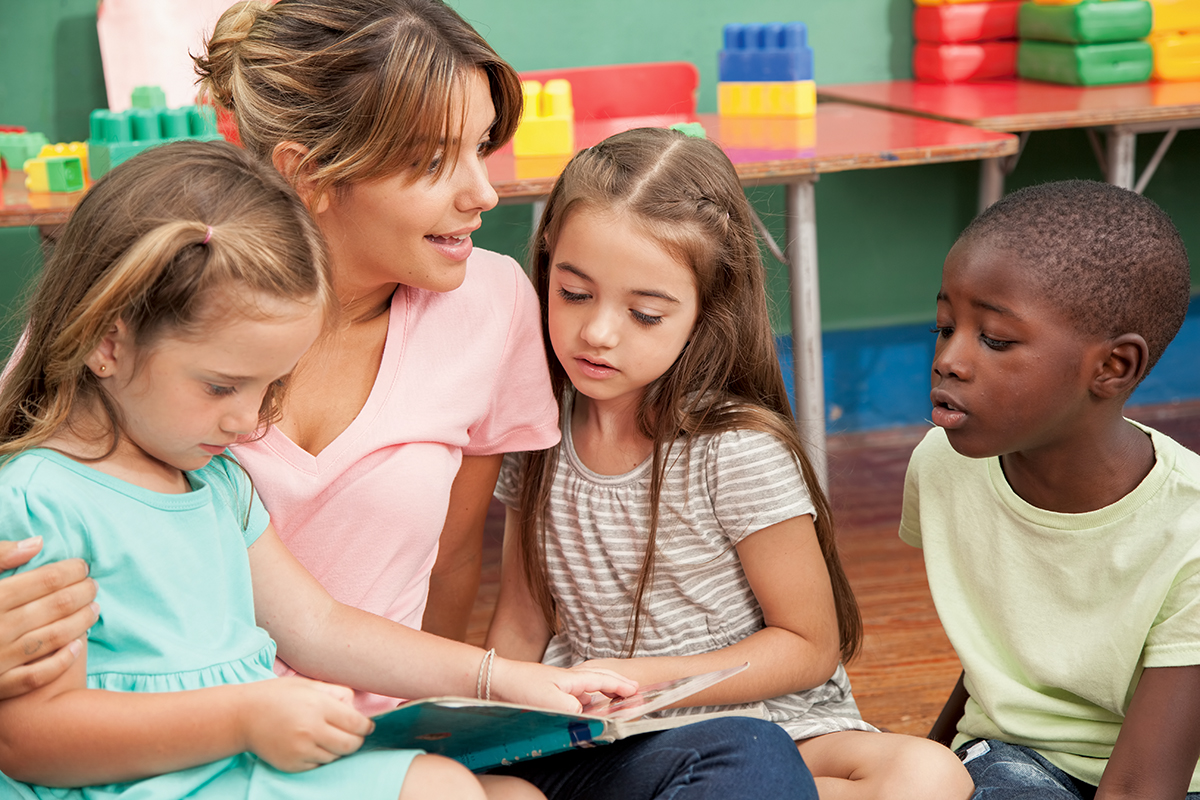

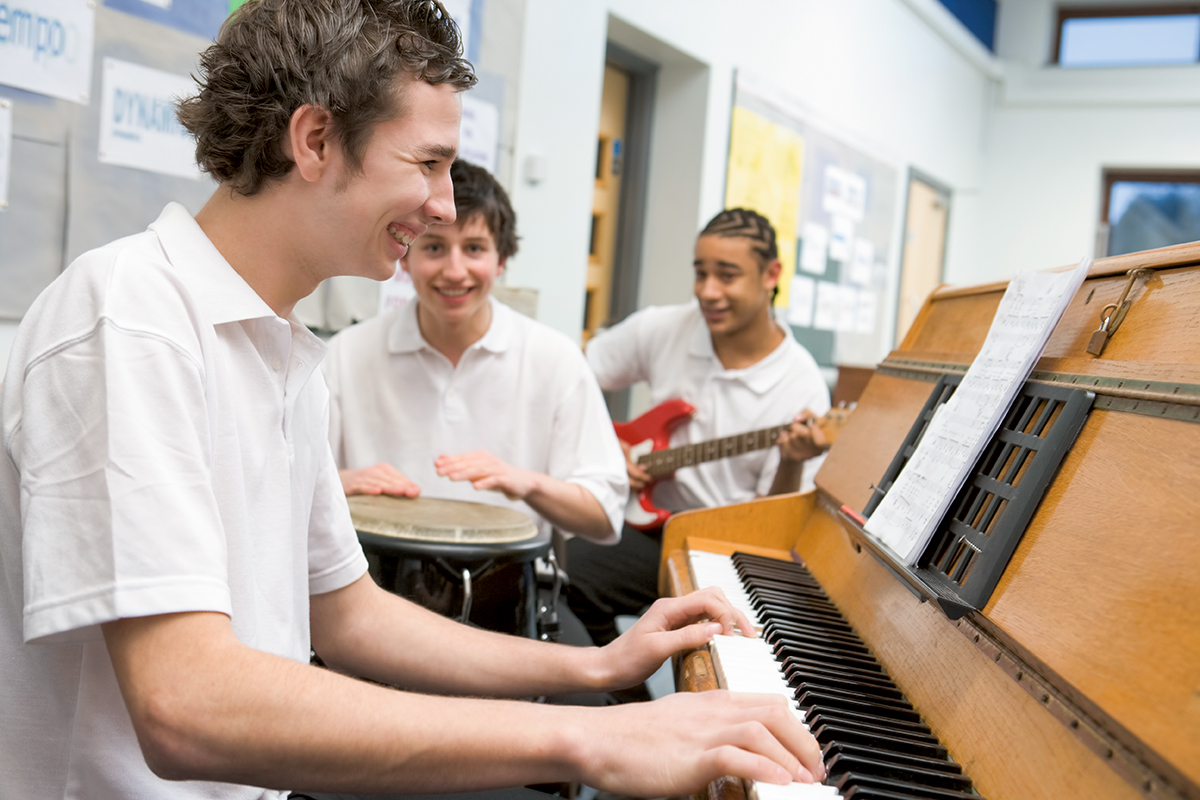 In 2004, Michael Rodriguez examined data in the Minnesota Student Survey on after-school involvement as a member of the two-year Minnesota Commission on Out-of-School Time. The link between out-of-school activity and academic performance was clear. Students who are engaged in after-school activities at least three days a week are more likely to perform better academically and be ready for college. Longitudinal studies confirm the link beyond high school.
In 2004, Michael Rodriguez examined data in the Minnesota Student Survey on after-school involvement as a member of the two-year Minnesota Commission on Out-of-School Time. The link between out-of-school activity and academic performance was clear. Students who are engaged in after-school activities at least three days a week are more likely to perform better academically and be ready for college. Longitudinal studies confirm the link beyond high school.